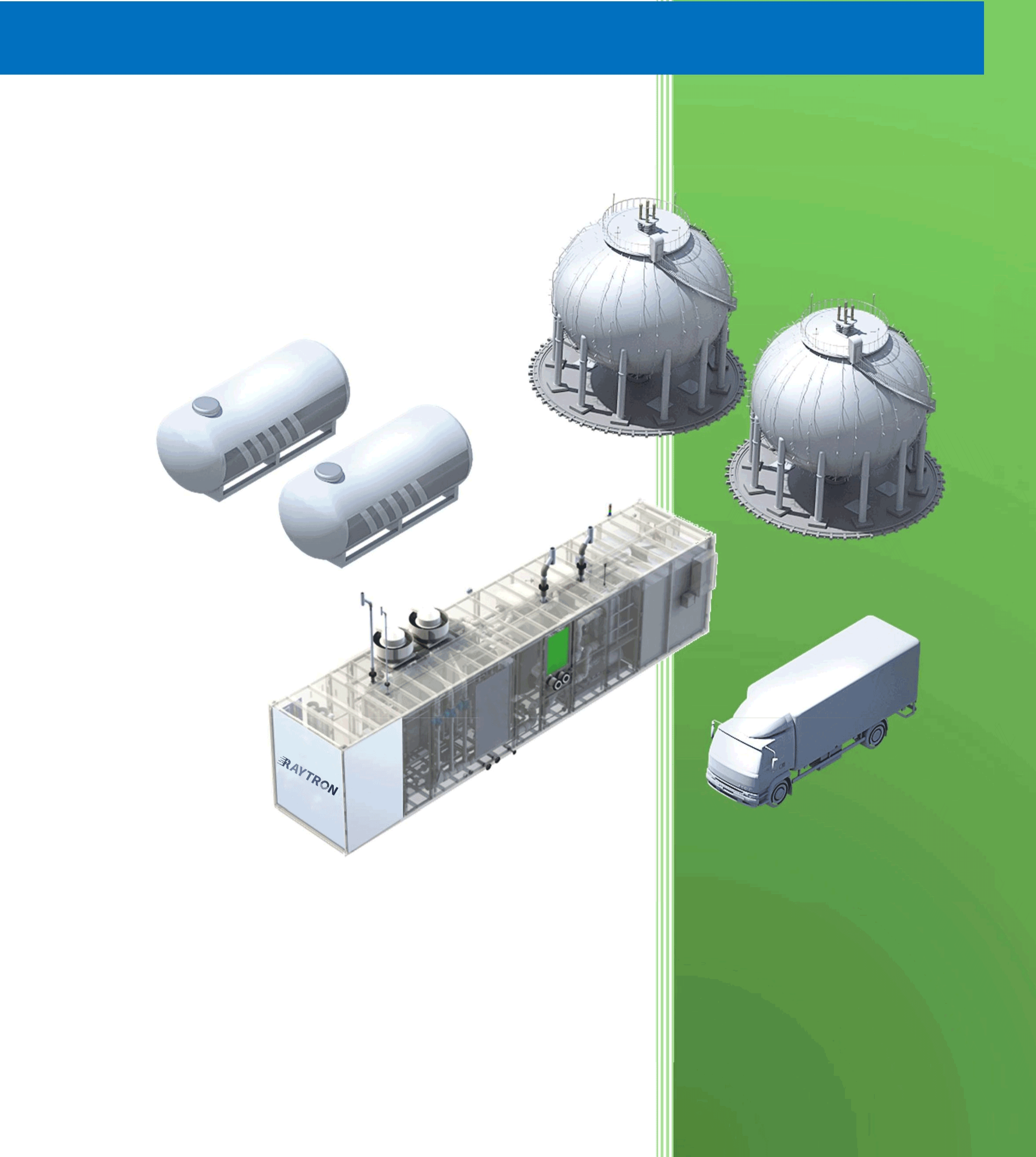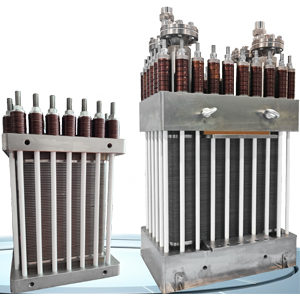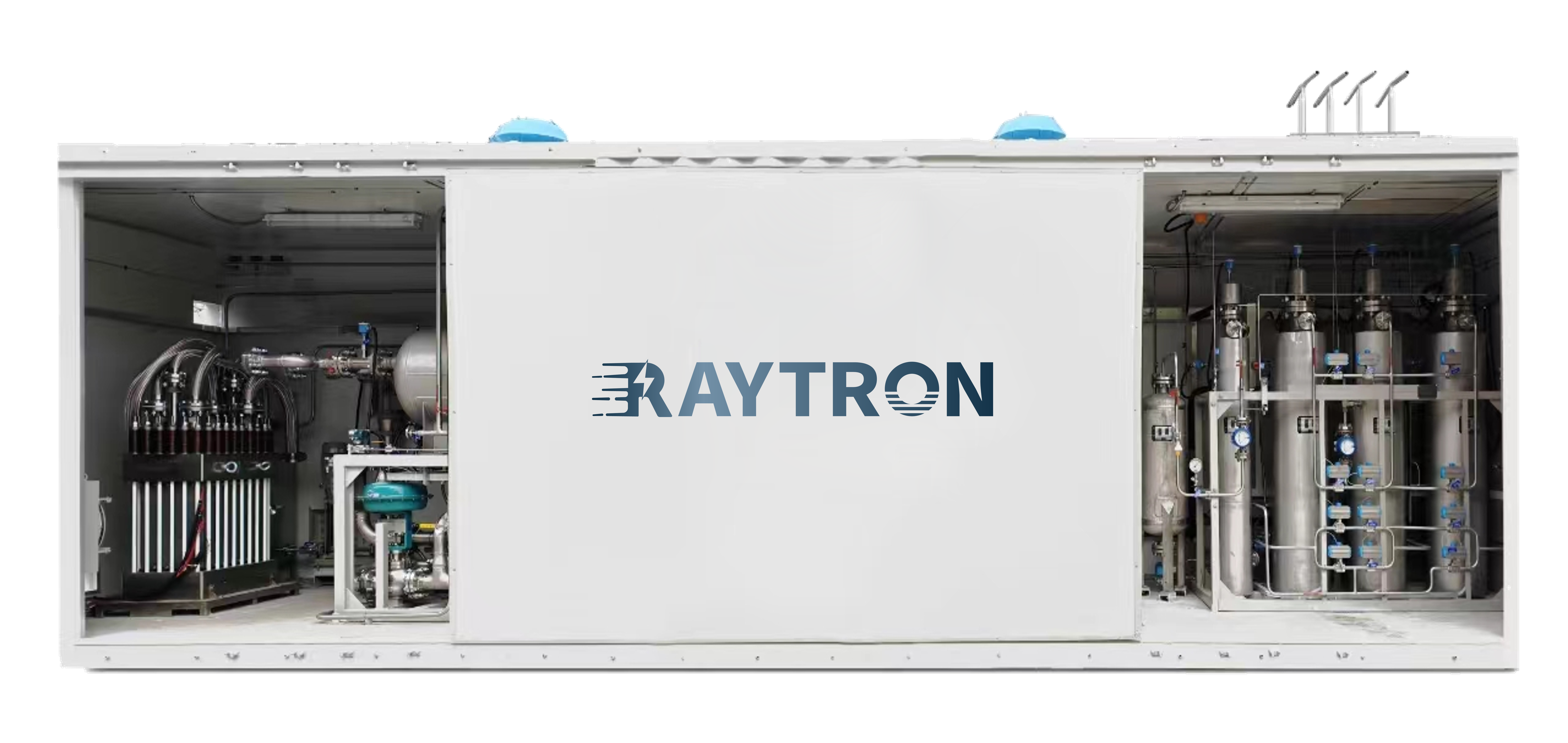Hydrogen, as an alternative energy source, has gained increasing attention in recent years. One of the key challenges in utilizing hydrogen is the efficient storage and transportation of this highly flammable gas.
High-pressure storage is one of the most common methods for storing hydrogen. In this approach, hydrogen gas is compressed to high pressures, typically around 350-700 bar, and stored in high-strength tanks made of composite materials or metal alloys. This method allows for a relatively high energy density, making it suitable for applications where space is limited.
Another promising method for hydrogen storage is liquid hydrogen storage. In this approach, hydrogen gas is cooled to very low temperatures (around -253°C) to convert it into a liquid state, which allows for a much higher energy density compared to gaseous storage. Liquid hydrogen is typically stored in double-walled, vacuum-insulated tanks to minimize heat transfer and maintain the low temperatures required for storage.
In addition to these traditional methods, there is ongoing research into advanced hydrogen storage materials such as metal hydrides, chemical hydrogen storage, and carbon-based materials. These materials have the potential to offer higher energy densities and improved safety compared to conventional storage methods.
When it comes to transporting hydrogen, several options are available. One common method is through pipelines, where hydrogen gas is transported in pressurized pipelines to various locations. This method is suitable for large-scale transportation of hydrogen over long distances.
For shorter distances or areas without access to pipelines, hydrogen can be transported using high-pressure tube trailers or cryogenic liquid tankers. These transportation methods allow for the efficient delivery of hydrogen to fueling stations or industrial facilities.
In recent years, there has been growing interest in the concept of “hydrogen hubs,” which are centralized facilities for producing, storing, and distributing hydrogen. These hubs can serve as key nodes in the hydrogen supply chain, enabling efficient transportation and distribution of hydrogen to end users.
Overall, the development of efficient hydrogen storage and transportation technologies is crucial for the widespread adoption of hydrogen as a clean energy source. Continued research and innovation in this field will be essential for overcoming the technical challenges associated with hydrogen storage and transportation, ultimately paving the way for a more sustainable energy future.






